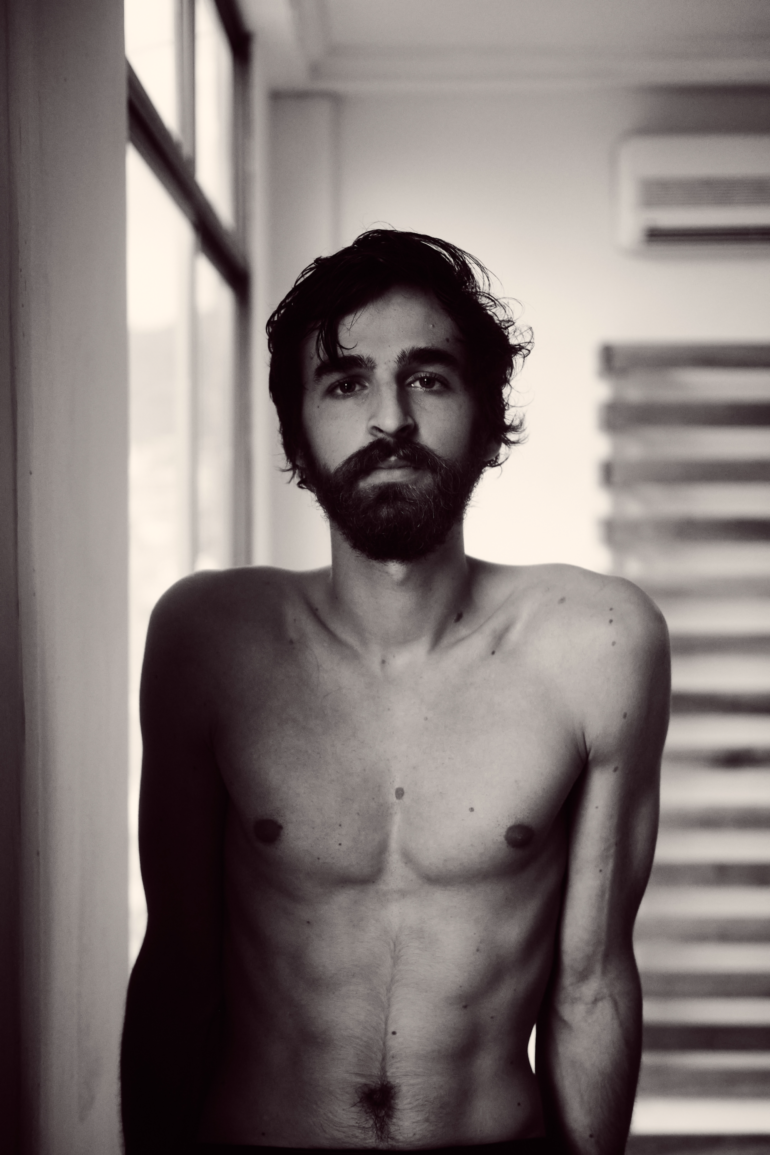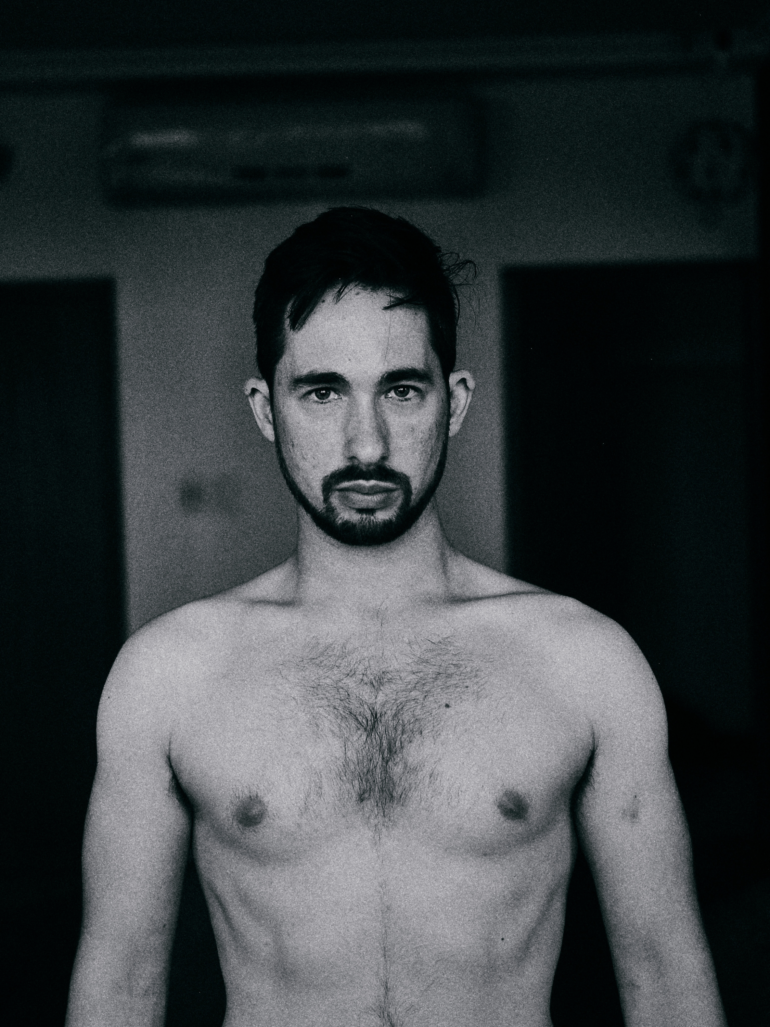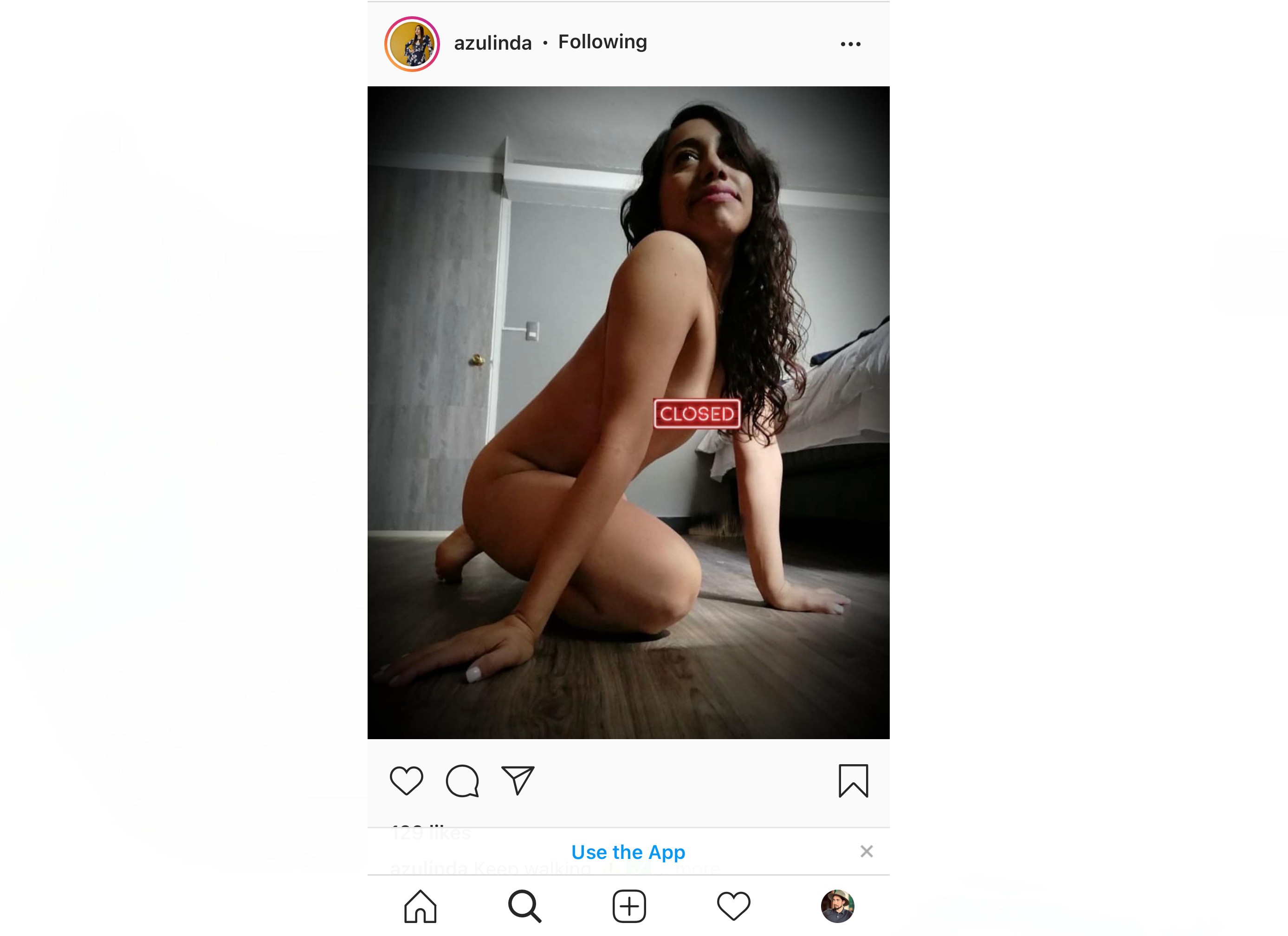Last Updated on 11/11/2021 by Chris Gampat
Last week, I was having a conversation with a friend. She’s a hobbyist model and will sometimes pose nude. She also likes to share her images online. Going through her portfolio, I wouldn’t describe her images as sexually explicit. But, when sharing them online (specifically on Instagram), she has to sensor certain parts of her body. Why is this still happening?
Instagram Vs. Free the Nipple
The “free the nipple” movement isn’t new. It’s popular both in the real and digital world. For the longest time, Instagram has asked women to censor any images that include exposed nipples. Because of this, IG users tend to cover their nipples with emojis, squiggles, or by blurring them out.
The argument made by the free the nipple movement is that there’s a double standard. For example, men like athletes or fitness bros can freely post topless photographs without any censoring. It seems unfair, right?
Over time, Instagram has loosened its stance on the topic. Now, educational images like breastfeeding can be shared online without censorship. But this sparks a different argument.
For decades, women have fought to be seen as more than just caregivers. They have worked hard for liberation and to be seen as dynamic as men. Instagram allowing women to be free only when seen in the role of motherhood pushes them back “in the pen” they fought to break free from.

Free the Nipple: Intent and Interpretation
Let’s deal with the elephant in the room. There’s no escaping the fact that female nipples have been sexualized, both in media and in our private lives. In my opinion, there’s nothing wrong with that as long as there’s balance.
If a woman creates and shares a nude photo, it doesn’t mean the intent is sexual. There are several reasons a woman may create a nude photograph: liberation, vulnerability, femininity are just a few of them. Not every nude image is made with the motivation to turn to some on. With that in mind, why should such images be censored or removed from Instagram?
The argument against that relates to interpretation. While a woman may not post a nude photo with sexual intention, men may interpret it as such. Some men will sexualize any nude photograph that they see: we’re a long way off from stopping that. But to punish someone for the actions of others is unfair and archaic.
We’re asking women to cover up because of how it may impact men. While the level of sexism and censorship may not be the same, such actions mirror ideologies we condemn in certain parts of the east. Indeed it’s time to free the nipple?
Instagram’s Inconsistency
Instagram likes to push itself as liberal and open-minded. It allows LGBTQ posts and will enable posts for Black Lives Matter statements, for example. That’s great and something I support. But yet it still chooses to suppress the female form by encouraging women to cover up.
And who are they protecting? Children? Isn’t it the responsibility of the parents to educate their children, to teach them the difference between sex and nudity?
And before anyone suggests this is my fight to see more nude women on the internet, don’t go there. It’s 2021, and if I want to see something explicit, I can do it in a matter of seconds. Nor is this about me being woke or a male feminist. I’m not into labels or being part of specific movements. When I see policies that don’t make sense, especially when they pertain to photography and social media, I’m not just going to sit on my hands and pretend it isn’t an issue. Again, it’s time to free the nipple.

Photographers Are Moving to Twitter
I previously wrote about photographers moving to Twitter. Unlike Instagram and Facebook, women are free to express themselves there. Yes, there’s a lot of x-rated content on the platform, but again, that’s for the individual to manage. If you don’t want to see it, don’t look at it: simple.
Photographers on Twitter can also interact in more detail, and the culture seems healthier than what’s on Instagram.
As long as it’s legal, we shouldn’t see any boundaries within the artistic world. Photographers and models alike should be able to share their art without prudes and suits telling them how they can share it.
Final Thought
Some may think I am over-hyping the issue. They may argue a little censoring of the nipple doesn’t take anything away from the image. I disagree. Every part of an image has its purpose. Every part has its own narrative and helps tell the full story of the photograph. Any modification of a photograph changes the message, especially when you’re telling women to cover up.
When I see the female form, I see liberation. Censor the photograph and I see restriction. The message changes completely, and that message is changed by someone who is neither the creator nor the subject. In my opinion, that’s wrong.
So, if we want to live in a free world, if Instagram wants to be a progressive platform, then we all must be consistent. Allow women to be who they want to be and the world will be a much more pleasant place. It’s 2021; it’s time to free the nipple.
Do you think Instagram should ask women to censor their bodies? Am I making the problem bigger than it is? Let me know in the comments below. Thanks for reading.
Lead image was used with permission from azulinda


